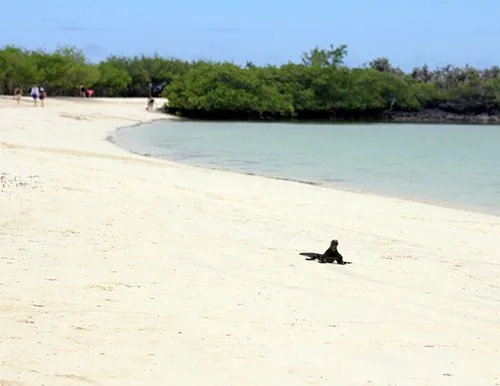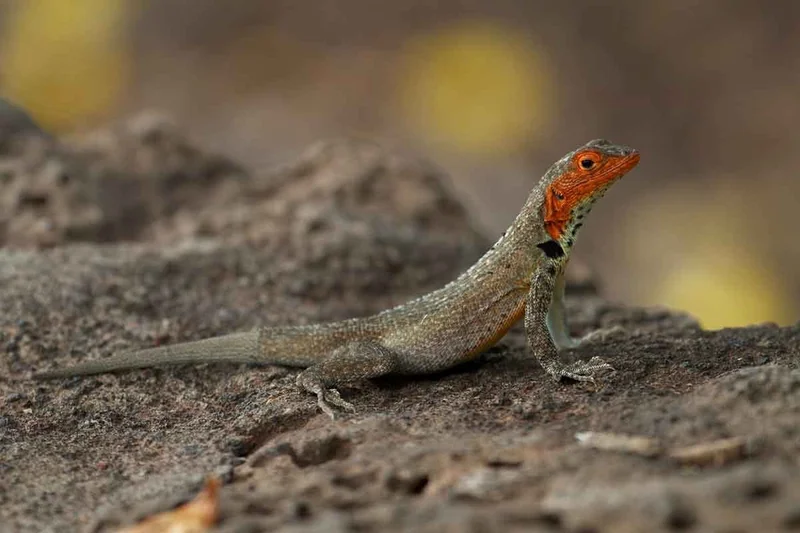
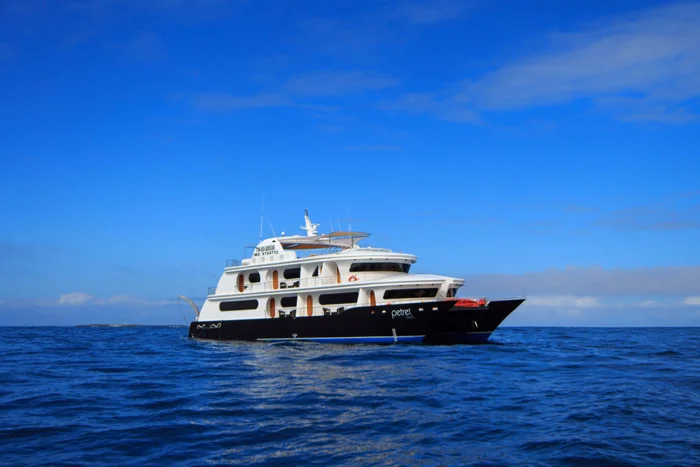
6 Day Galapagos Itinerary
Day 1: Santa Cruz Island: Twin Craters & Baltra Island
Upon arrival to the airport in Baltra you will be greeted by our staff and taken directly to the boat.
Santa Cruz island: Twin Craters
Once aboard you will be briefed by the guide on everything you will need to know about living aboard and then you will prepare to visit Los Gemelos (The Twin Craters). Dress appropriately with sturdy shoes, comfortable clothing for a hike, and of course anything else you’d like to bring along like cameras, walking sticks, etc.
Today Santa Cruz is one of the most popular tourist sites. With a population of about 12,000 Galapagos natives, it has the longest paved road in the entire archipelago. One of the biggest conservation efforts is to eliminate all non-native plants and animals that are destroying native and endemic species on the island. There is no longer any volcanic activity but that does not mean there is no evidence. Santa Cruz means holy cross, but it’s English name comes from the British vessel – Indefatigable.
The Twin Craters or Gemelos, meaning twins in Spanish, are two caved in magma chambers of a previous volcano. After years of erosion and extinction, the once full chambers caved in leaving two similar craters that can be seen on a short hike that passes by a Scalesia forest. After the visit to the Twin Craters you will be transferred to the yacht. You will then be shown to your cabin where you will have some time to settle in before the welcome briefing.
Day 2: South Plaza Island & Santa Fe Island
South Plaza Island
South Plaza is one of the smallest islands with a visitor site, but is home to an incredible amount of diverse flora and fauna. It has a large population of Sesuvium plants like the prickly pear cactus tree that is an important source of food for the land iguana. Just a few years ago mice were finally eradicated from the island, helping the population of land iguanas grow healthily once more.
Santa Fe Island
Santa Fe Island is home to the unique Santa Fe land iguana and is the only place to find Opuntia cactus. Giant tortoises were once native to this island but after the many years of pirates and buccaneers visiting the island and taking the tortoises aboard as food, they became extinct. The Island is also called Barrington Island, named after British Admiral Samuel Barrington. Large numbers of sea lions can be found on the landing beach and Galapagos hawks can also sometimes be seen.
Day 3: San Cristobal Island: Interpretation Center & La Galapaguera
San Cristobal Island is the fifth largest island in the Galapagos and lies farthest East. It is where Darwin first landed back in 1835 and where the first permanent settlements were founded. Today the main port Puerto Baquerizo Moreno is the capital of the Galapagos province and houses many government offices, the Ecuadorian Navy, and an airport with daily flights to the mainland of Ecuador. Conservation challenges the island faces include invasive plants like blackberry and guayaba and insects like the blackfly.
Lobos Island is an islet about an hour away from San Cristobal. Blue-footed boobies will nest here seasonally. In recent years frigate birds have begun to nest here. Sea lions are abundant, as well as marine iguanas. It is a very calm and tranquil site with beautiful views, including Kicker Rock off in the distance.
Interpretation Center & La Galapaguera
La Galapaguera, this Interpretation Center has been open to the public since 1998 and offers extensive information about the history of Galapagos, all ecosystems, geology, and flora and fauna. Giant tortoises are also bred here by the center and roam about in a semi-natural habitat created by the centers’ employees. Within the center are meeting rooms, interpretational panels, auditoriums, exhibits, and much more.
Day 4: Española Island: Gardner Bay & Suarez Point
In Espanola Island lies the southernmost island in the Galapagos, as well as the oldest. It is estimated to be about four million years old Because it is so far away from the other islands it has the most endemic species. It is a wonderful opportunity for some great photography of endemic bird species that are found only on Espanola and awesome landscapes created by millions of years of erosion.
Gardner Bay
Gardner Bay is one of the best beaches in the Galapagos. The white sandy beach is home to a large colony of friendly and playful sea lions. Three different types of finches can be seen. The Espanola Mockingbird is very friendly, but probably looking for food. At one point in time, tourists must have given it water or food, which taught them bad habits. The site is also where green sea turtles will come to nest their eggs between January and March.
Suarez Point
Suarez Point is a phenomenal site where you will get to see many of Espanola Island’s endemic species. The trail will pass by the only Waved Albatross breeding site. If you are lucky you might see a young albatross take off for its first flight for up to five years at sea. Older birds stay at sea for months at a time, only coming back to breed. They have the same mate for life and will meet each other each year, only here to reproduce. Other species that can be seen are marine iguanas that stay brightly colored year round, Galapagos doves, Nazca boobies, blue-footed boobies, swallow-tailed gulls, red-billed tropic birds, and Darwin finches.
Day 5: Floreana Island: Cormorant Point, Devil’s Crown & Post Office Bay
Floreana Island is one of the most interesting when it comes to human history. The first Galapagos resident was an Irishman who lived on Floreana from 1807 to 1809. It is the site of the first post office within the islands created by whalers in the 1700’s. Later it became the first island to be colonized by Ecuadorians, but to this day is still very isolated. Surrounded by mystery, in the 1930’s various disappearances occurred and is thought to be because of tension between a baroness and her three servants who arrived after an already settled husband and wife, who gave birth to the first to be born in Galapagos and another couple of a doctor and female companion who lived of the land from their garden. The small population of today lives off the land with homegrown farms and gets their water from rain-filled ponds during the rainy season. There is one hotel with the only phone in the port of Velasco Ibarra where most residents live, the rest live up in the highlands. Transportation is limited and is only available every two weeks.
Cormorant Point
Cormorant Point is another fun and interesting visitor site. Two beaches can be visited and flamingoes can be seen wading through brackish lagoons looking for shrimp, which gives them their bright and vibrant colors. One of the beaches look green because of olivine crystals and the other is appropriately called Flour Beach a powdery white, made from fine pulverized coral.
Devil's Crown
Devil’s Crown is a visitor site that boasts the best snorkeling opportunities. Below the surface are amazing volcanic structures that have submerged over time. Hundreds of different colorful fish species can be found here among the coral reefs. Sharks, rays, sea turtles, hammer head sharks and sea lions are also common visitors. It is an underwater spectacle that cannot be missed.
Post Office Bay
Post Office Bay is a completely human influential site, Post Office Bay is the first official post office created by passing whalers in the 1700’s. To this day visitors continue the tradition as many leave addressed messages on post cards in the barrel to be sent by future visitors while picking up post cards left behind by previous visitors to send when they return home. It is a fun exchangeable activity many visitors enjoy.
On the northern part of the island, Baroness Lookout Point has a beautiful landscape and historic view. It was named after the supposed Austrian Baroness that was the subject of many mysterious disappearances and well-known stories of loathing by those on Floreana.
Day 6: Santa Cruz Island: Charles Darwin Station & Departure
Charles Darwin Research Station conducts many different research projects and provides assistance to other researchers and governmental institutions and agencies, especially the Galapagos National Park. Many of the results are later published online, in magazines, and popular scientific journals. The research station also plays a big part in educating the community and public schools in Galapagos. There is also the longtime running Giant Tortoise restoration program that includes various stages of the giant tortoise from eggs, hatchlings and adults.
Your cruise has officially come to an end. We hope you enjoyed your Galapagos Cruise! We will now transfer you to your scheduled departure from Baltra Airport to mainland Ecuador. Safe travels!
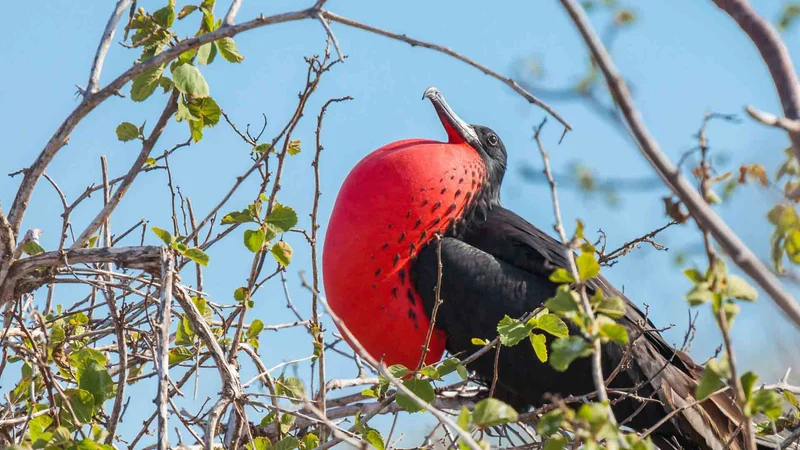
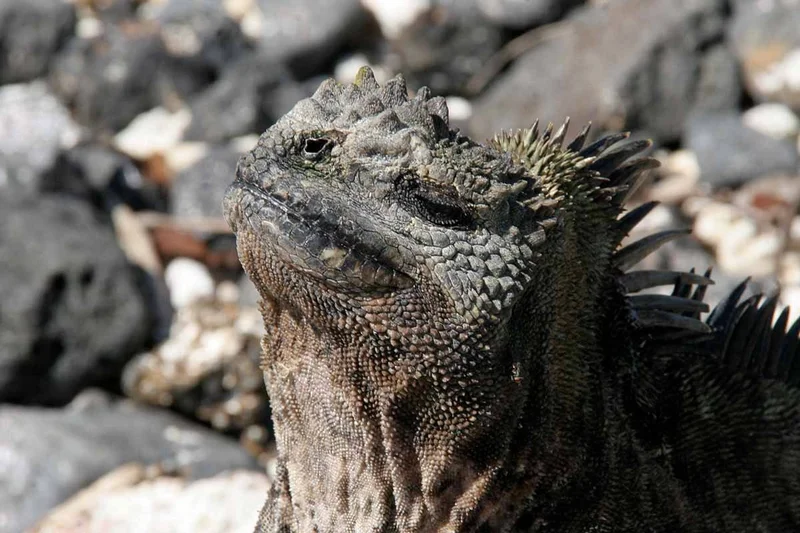
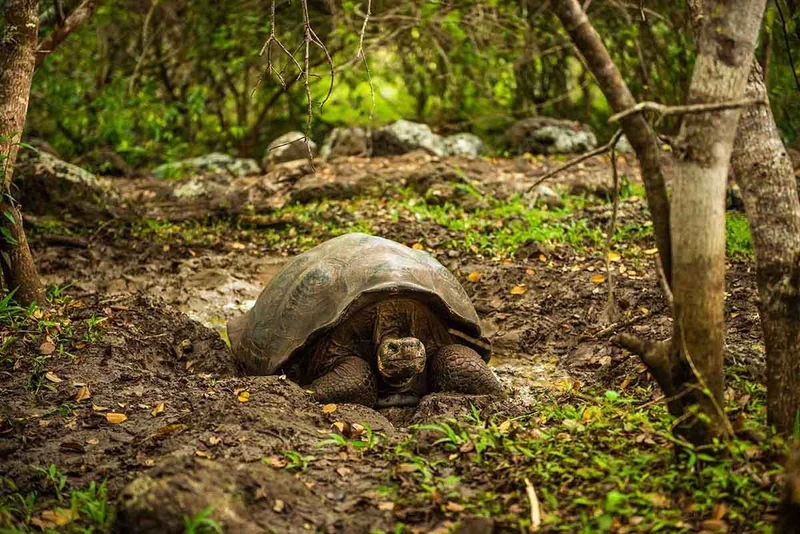

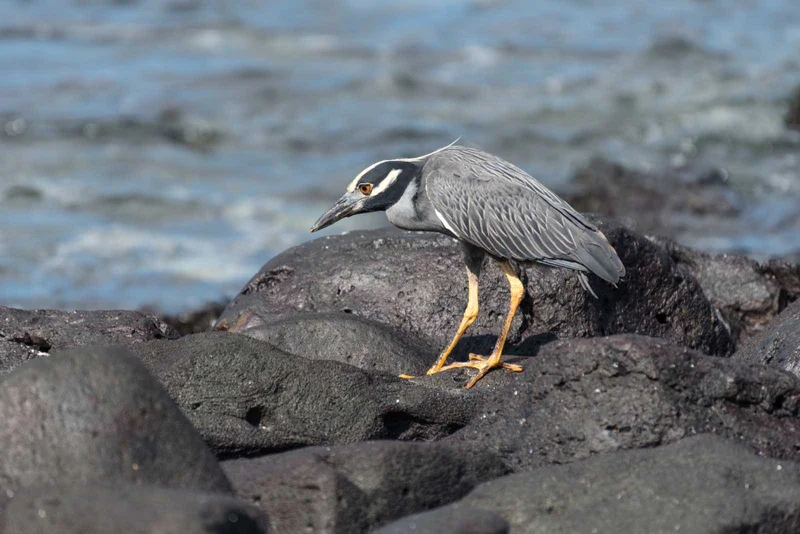

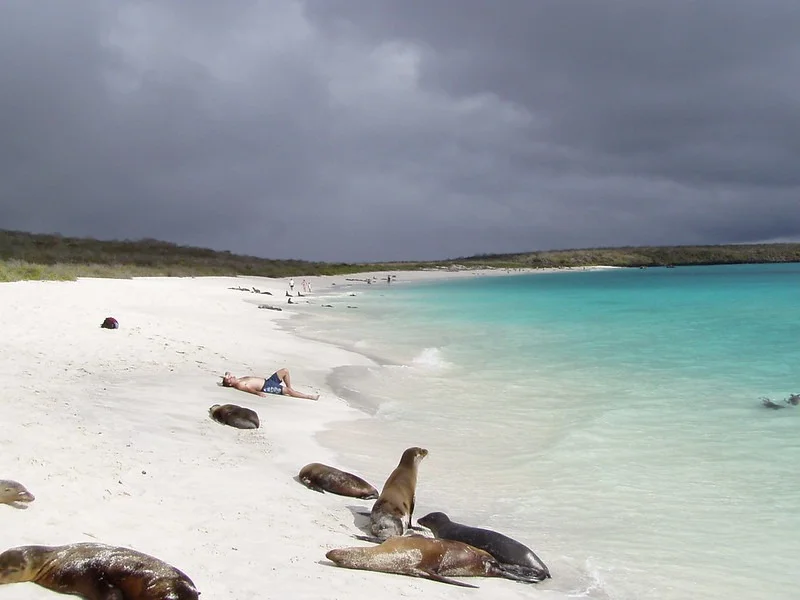
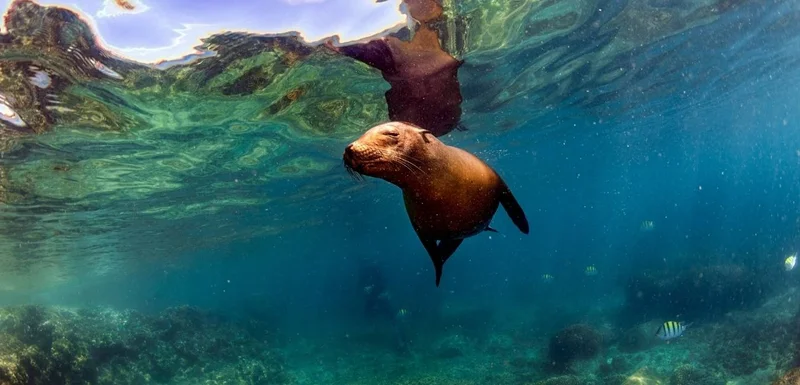
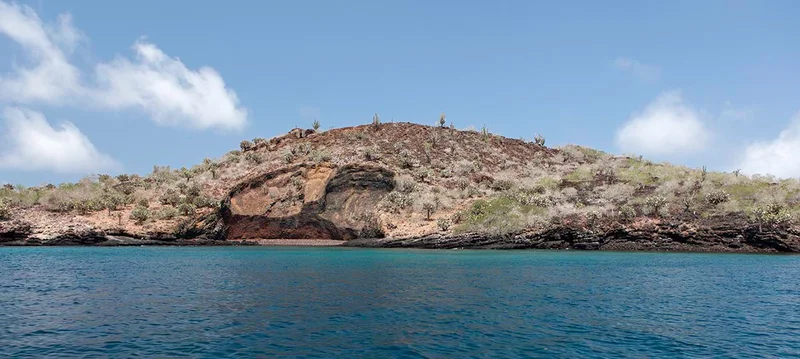


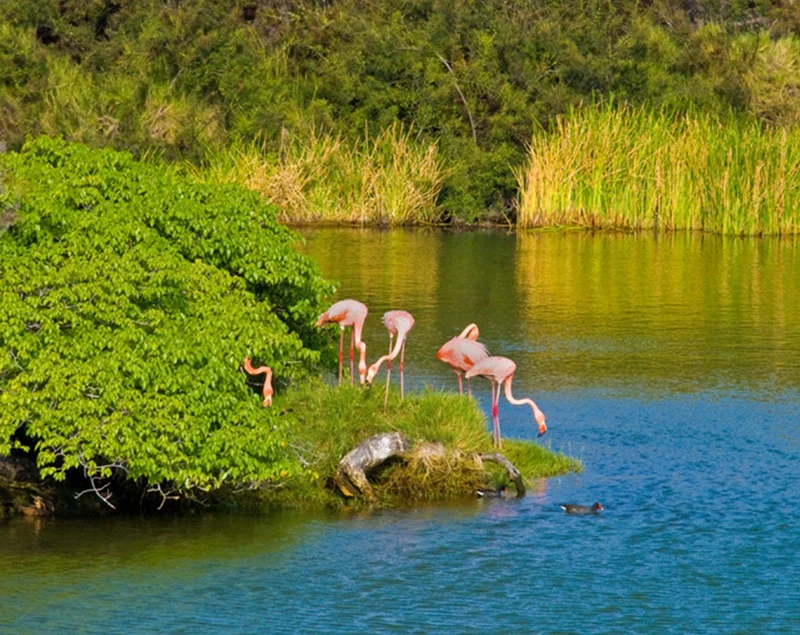
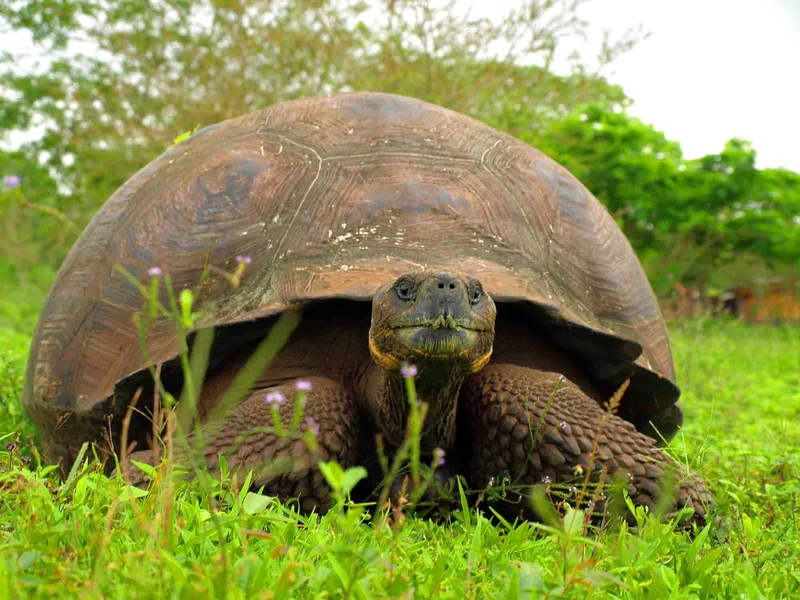


6 Day Galapagos Itinerary Includes
- Scheduled visits and activities with a professional bilingual guide
- All meals on board, some snacks, purified water, tea and coffee
- Accommodation in a standard cabin with private bathroom and air conditioning
- Snorkeling equipment (mask, lenses, fins), sea-kayaks
- Assistance at the Airport and 24/7 during the trip
6 Day Galapagos Itinerary Does not Include
- Air tickets to / from Galapagos from / to Quito, Guayaquil or combined route
- Entrance to the Galapagos National Park US $ 200 p.p. (cash in the Islands)
- Galapagos Control Card US $ 20 p.p. (at the airport before check-in)
- Wet-suits rental on board (in cash)
- Soft and alcoholic drinks on board; personal expenses, extras and tips guide and crew (cash)
- Travel insurance with medical, cancellation and other unforeseen coverage
- Other services in Continental Ecuador and not specified in the program
6 Day Galapagos Itinerary Highlights
- Spot Frigate Birds, Hawks, Sea lions and more at Plaza and Santa Fe.
- A true learning experience at the Interpretation Center and Tortoise Farm.
- Close encounter the Waived Albatrosses and visit the Blow-hole at Española.
- Enjoy the sailing time by relaxing at the catamaran’s sun deck and Jacuzzi.
- The magic beauty of Cormorant Point and amazing snorkeling at Devil’s Crown.
Itinerary Map

Reviews
Animals you might see on this itinerary:
More information about the Galapagos Islands you visit in this 6 day itinerary:
Itinerary 6 Days Cruise Central & Southern Islands - Petrel Catamaran
Why travel with us?
Similar Itineraries
